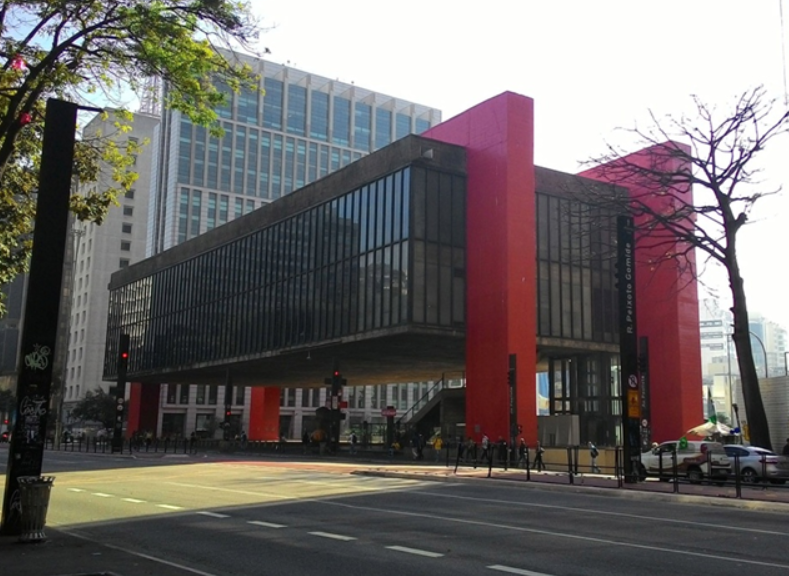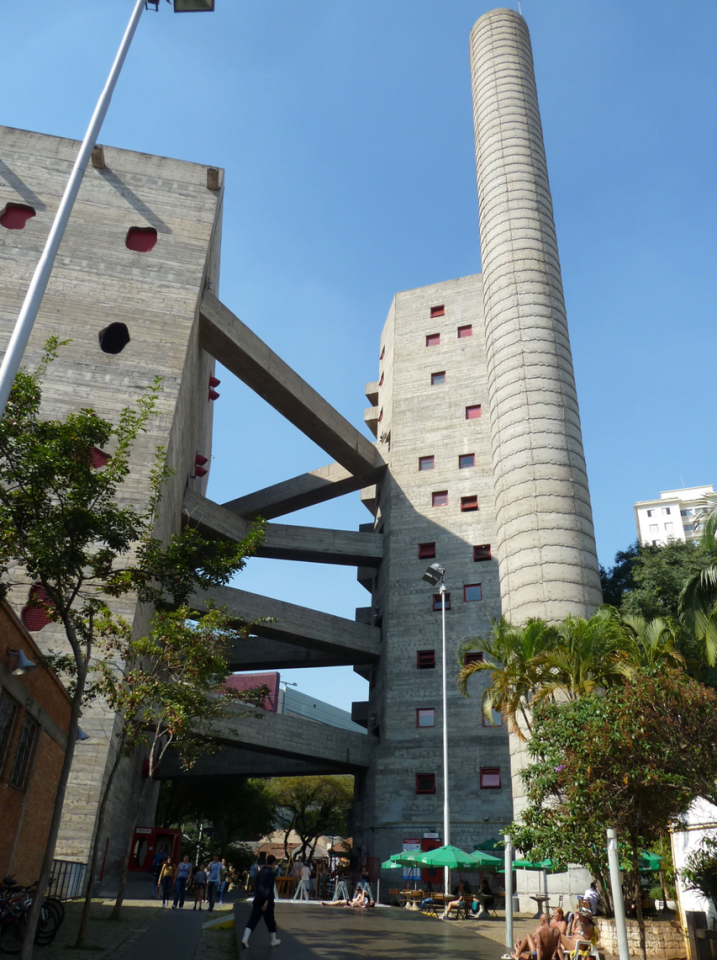Tradition and Modernity in Lina Bo Bardi: An Example of Reuse of SESC Pompéia Factory
Date : 2018-12-01
Authors:
Chih-Wen Lan,
Assistant Professor (Project Faculty) of Department of Landscape Architecture of Fu Jen Catholic University, Taiwan;
Fernando Diniz Moreira,
Associate Professor of Department of Architecture of Universidade Federal de Pernambuco (UFPE), Brazil
This paper was presented to "Society of Architectural History Taiwan" in 2018 Architectural History of Taiwan Forum, topic: "Architecture History From the Perspective of Culture"
For full text, see the pdf file below.
ABSTRACT
The uneasy trend in the beginning of 20th century in Europe pushed many middle class European to immigrate to Latin American and Brazil was one of the most popular immigration destinations. Among the European immigrants were artists and architects who brought beautiful art and architectural ideas to seed Brazil. This irrigated Brazilian art and architecture, which blossomed into the creative Brazilian flower. Brazil became an extension of European art and architecture, which also integrated local style and created a new mixed style to represent a new Brazilian local style.
The well-known Brazilian architects are Lúcio Costa and Oscar Niemeyer; their designs represents the modern elite Brazilian style. Lina Bo Bardi, in contrast, developed her own unique style with her Italian-tradition training and her field research, in which she explored traditional and local Brazilian art and architecture. This led her to create a style which was later accepted as a new Brazilian style. There are many prominent contemporary architects however Lina Bo Bardi showed the other Brazilian architects the way.
This paper, through the case of the transformation of an old factory into the SESC Pompéia recreation center, aims to introduce the background of the modern Brazilian architecture process and to explain how Bo Bardi used her understanding of local Brazilian architecture in her redesign of the old factory as well as to interpret her observations as a woman and her reuse of historical sites and applications in architectural design.
KEYWORDS: Lina Bo Bardi, regionalism, female design, Brazilian culture
Chih-Wen Lan,
Assistant Professor (Project Faculty) of Department of Landscape Architecture of Fu Jen Catholic University, Taiwan;
Fernando Diniz Moreira,
Associate Professor of Department of Architecture of Universidade Federal de Pernambuco (UFPE), Brazil
This paper was presented to "Society of Architectural History Taiwan" in 2018 Architectural History of Taiwan Forum, topic: "Architecture History From the Perspective of Culture"
For full text, see the pdf file below.
ABSTRACT
The uneasy trend in the beginning of 20th century in Europe pushed many middle class European to immigrate to Latin American and Brazil was one of the most popular immigration destinations. Among the European immigrants were artists and architects who brought beautiful art and architectural ideas to seed Brazil. This irrigated Brazilian art and architecture, which blossomed into the creative Brazilian flower. Brazil became an extension of European art and architecture, which also integrated local style and created a new mixed style to represent a new Brazilian local style.
The well-known Brazilian architects are Lúcio Costa and Oscar Niemeyer; their designs represents the modern elite Brazilian style. Lina Bo Bardi, in contrast, developed her own unique style with her Italian-tradition training and her field research, in which she explored traditional and local Brazilian art and architecture. This led her to create a style which was later accepted as a new Brazilian style. There are many prominent contemporary architects however Lina Bo Bardi showed the other Brazilian architects the way.
This paper, through the case of the transformation of an old factory into the SESC Pompéia recreation center, aims to introduce the background of the modern Brazilian architecture process and to explain how Bo Bardi used her understanding of local Brazilian architecture in her redesign of the old factory as well as to interpret her observations as a woman and her reuse of historical sites and applications in architectural design.
KEYWORDS: Lina Bo Bardi, regionalism, female design, Brazilian culture

